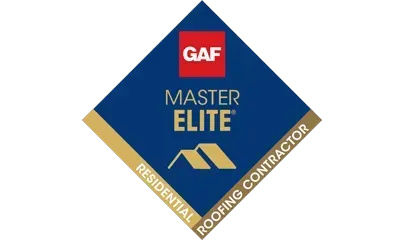FAQs
Alpha Roofing and Siding LLC
How long should I expect my roof to last?
All roofs eventually wear out. How quickly depends on several factors, including the quality of materials, quality of attic and roof ventilation, and the climate. According to This Old House, asphalt shingles can last between 20 and 30 years. Call our commercial and residential roofers at Alpha Roofing and Siding LLC today!What causes a roof to wear out?
Several factors combine to affect roof deterioration. These may include ultraviolet radiation from the sun, temperature extremes, exposure to wind and rain, and foot traffic on the roof. Our residential roofers have found that darker color shingles may have a shorter service life than shingles with a light color.What causes wood shingles to split and crack?
Splitting and cracking of wood occurs naturally as a part of the aging process, largely due to shrinking and swelling caused by moisture and subsequent drying. If you need roof repair, call us today!Can an existing roof be covered with another?
Our residential roofers have found that multiple roofing layers tend to decrease a roofs resistant to hail. Make sure to check local building codes, as some building codes and ordinances restrict the number of roofing layers a house may have. Another issue to consider with wood shingles when applying a new roof over the wood shingles is possible fungus problems.Can composition shingles be repaired?
Yes. If damage is minor, commercial or residential roofers can remove individual shingles and replace them with new shingles.What size hail is damaging to roofing?
This depends on several variables, including the shape, hardness, and density of hail, and the wind speed, age, and type of roof. In general, pea and marble size hail should not damage composition shingles in good condition, unless extreme winds are present, then roof repair may be needed.You noticed granules from your composition roof in your gutter and driveway. Is this normal?
Yes. With composition shingles, granular loss is a part of the normal weathering process. Small hail impacting a roof often displaces some of the granules as does rain, wind and foot traffic. Call our residential roofers to learn more!You noticed lighter colored splatter marks on your roof after a hailstorm. Is this damage?
No. The splatter marks that you see are normal after a hail storm. Your roof has darkened over time since its installation as a result of algae and oxidation. When the hailstones contact the roof, the algae and oxidation are removed, leaving a light colored mark. In time, these marks will fade as algae grows and oxidation continues on your roof. Call our residential roofers to learn more.Are all homes in a neighborhood affected the same way by hail?
No. The number, size, and hardness of hailstones can vary tremendously within a small locality. Other factors include velocity and direction of the wind, roof pitch, age and condition. Each roof is different. Call our residential roofers to learn more.What are the special challenges you need to consider when replacing your roof?
There are several subjects that you should keep in mind as you begin the process of replacing your roof with residential roofers. Lets take a look. 1. Your roof might have been designed to be a wood shingle roof. 2. In many cases, the eaves of your home do not have adequate positive air intake to provide proper ventilation when a composition roof is installed. 3. By adding 7/16 decking on top of 1x4 wood lath, this alters the design of the roof and changes the interface of the materials with your existing trim, valleys & dormers. 4. The wood shingle roof had the ability to breath air on its own due to the evaporation of moisture and normal heat convection. Therefore, you most likely did not have any additional ventilation add-ons like powered vents or wind turbines. 5. In some cases, you have vaulted ceilings that are constructed into the roofline and insulation was laid between the 1x4 lath and the sheetrock without any way for air to circulate and dissipate heat away from the vaulted ceiling areas. There are now available, special channels that can be installed during a re-roofing project that will allow air movement in such vaulted ceilings. 6. We now have some new hi-tech materials to choose from that can save you money with your heating and air conditioning bills. For example, solar shield decking, solar powered temperature sensory exhaust fans along with Energy Star rated roofing products are available. There are also Ridge Vents that provide non-powered attic ventilation. 5 feet of Ridge Vent is equal to 2 wind turbines. 7. Wind turbines and temperature sensing powered exhaust fans are still available. What you must remember is that without some way to move the hot air out of your attic, your new composition, metal or thermoplastic roof will be an oven and your air conditioning bill will reflect a much higher cost than it should. There must be adequate air intake & exhaust to keep attic temperatures down. 8. You may have a closed valley or an open valley. The only problem with a closed valley is the appearance of built up material or hump in your roof from the overlap. With a open valley design you eliminate that hump and provide an excellent way to divert water from your roof.




